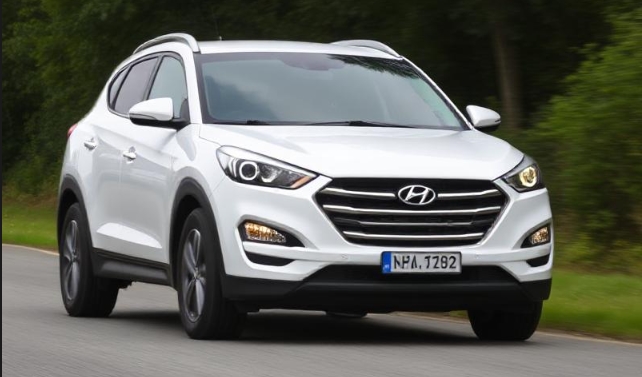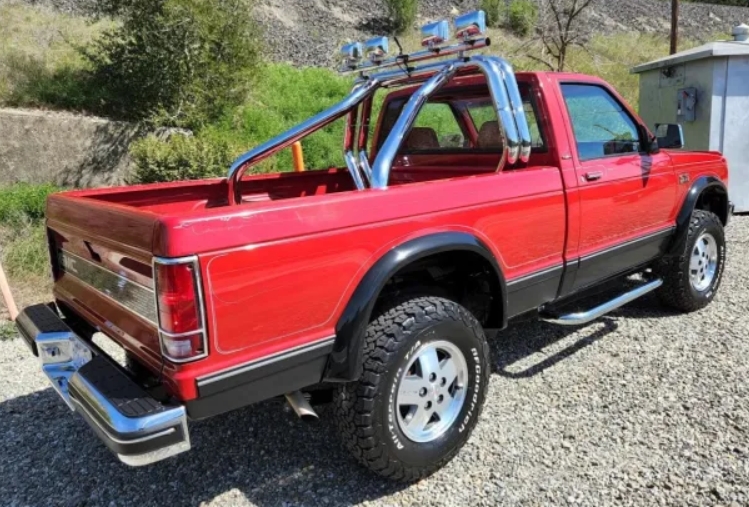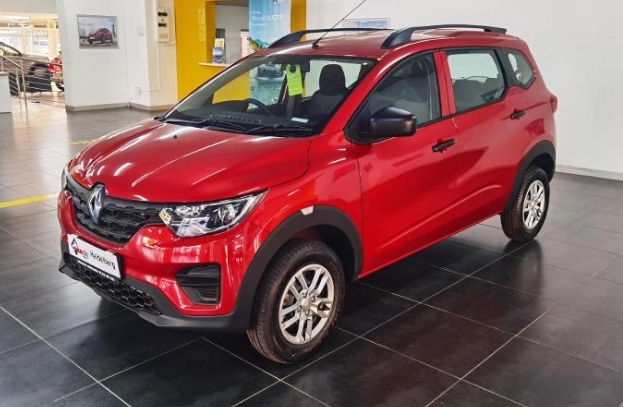The Evolution of the Hyundai Tucson: From Compact Crossover to Market Leader
The Hyundai Tucson has carved a distinct niche in the automotive landscape since its inception, evolving through various incarnations and consistently adapting to meet market demands. This compact crossover SUV has become not only a formidable contender in its class but also a representative of Hyundai’s engineering prowess and design evolution. Understanding the Tucson’s journey involves looking at its various generations, models, trim levels, and how it has shaped consumer preferences.
First Generation (2004-2009)
The Hyundai Tucson made its debut in 2004 as a 2005 model. Designed as a compact SUV, the first generation of the Tucson was built on the same platform as the Kia Sportage. It was initially available with two drivetrain options: a 2.0-liter inline-four engine producing 140 horsepower and a 2.7-liter V6 offering 173 horsepower.
Trim Levels Offered:
- GL: The base model came with essential features like air conditioning, full power accessories, and a CD player.
- GLS: Added to the GL trims were more upscale features such as alloy wheels, a sunroof, and a better audio system.
- Limited: The top-tier trim included premium features like leather seating, heated front seats, and upgraded sound system options.
The first Tucson was well-received, praised for its value, spaciousness, and decent warranty coverage. However, through these years, the SUV faced tough competition from established rivals like the Honda CR-V and Ford Escape.
Second Generation (2010-2015)
The Tucson underwent significant changes for the 2010 model year, debuting a revamped look and more powerful engine options. It was designed on a new platform with a more aggressive stance, providing better handling and fuel efficiency.
Trim Levels Offered:
- GL: This was the base model, featuring standard features like Bluetooth connectivity and a six-speaker audio system.
- GLS: Included enhancements like a 2.4-liter inline-four engine, keyless entry, and upgraded cloth upholstery.
- Limited: Top-of-the-line features such as leather seating, navigation system, and a premium Infinity audio system were added.
- Eco: Introduced later in the generation, this trim was notable for its focus on fuel efficiency using a turbocharged 1.6-liter inline-four engine.
The second generation Tucson established itself as a solid performer, praised for its stylish design, quality interior, and reliability.
Third Generation (2016-2021)
Entering the market as a 2016 model, the Tucson’s third generation marked a significant design shift. The model received a bold aesthetic, showcasing Hyundai’s signature cascading grille and sleek lines that appealed to a wider customer base.
Trim Levels Offered:
- SE: As the base model, it offered features like a touchscreen interface and rearview camera.
- Eco: This trim focused on efficiency, featuring a turbocharged engine similar to its predecessor.
- Sport: Incorporating sportier design elements and driver-assistance features.
- Limited: The highest trim ventured into premium territory with features like dual-zone climate control and a panoramic sunroof.
- Ultimate: Offered advanced tech and luxury features like a surround-view monitor and ventilated rear seats.
During this generation, Tucson’s safety ratings were exemplary, with features like lane departure warning and automatic emergency braking becoming standard in higher trims.
Fourth Generation (2022-Present)
The Hyundai Tucson underwent its most significant design overhaul yet with the introduction of the fourth generation in 2022. This iteration has a more dramatic exterior design and a plethora of tech features, reflecting Hyundai’s ambition to lead in the compact SUV segment.
Trim Levels Offered:
- SE: Base model featuring an 8-inch touchscreen and a suite of driver-assistance features.
- SEL: Adding conveniences like dual-zone climate control and keyless entry.
- N Line: Introduces sportier aesthetics and performance-oriented features.
- Limited: Packed with luxury features, technology enhancement like a 10.25-inch touchscreen and a premium sound system.
- Calligraphy: The top trim serving as Hyundai’s flagship, offering premium materials, advanced safety technologies, and exclusive design elements.
Under the hood, the Tucson continues offering multiple engine options, including a hybrid variant introduced to cater to the growing demand for eco-friendly vehicles. The automatic transmission has evolved to provide smooth acceleration and more responsive power delivery.
Notable Features Across Generations
Throughout its evolution, the Tucson has become known for several attributes:
Design Philosophy
Each generation has emphasized Hyundai’s progressive design language. From the rounded edges of the first generation to the sharp lines and aggressive stance of the fourth, the Tucson has maintained a modern aesthetic that appeals to a diverse audience.
Interior Comfort and Technology
Hyundai has consistently bettered the quality of materials in the Tucson’s interior throughout its generations, with a focus on spaciousness, user experience, and intuitive technology. Features like Apple CarPlay, Android Auto, and sophisticated infotainment systems have made their way into the SUV, enhancing the driving experience.
Safety Features
With advancements in automotive technology, the Tucson has incorporated an impressive array of safety features, including forward-collision warning, blind-spot monitoring, and adaptive cruise control, contributing to strong safety ratings across all generations.
Hybrid and Plug-in Hybrid Variants
As environmental concerns become more salient, the introduction of hybrid and plug-in hybrid versions in the latest generation reflects Hyundai’s commitment to sustainability. These variants maintain performance while offering increased fuel efficiency.
.
Automotive knowledge, fun, tips, tricks. What more could you ask for? Michigan automotive musings.
.
Conclusion: The Future of the Hyundai Tucson
The Hyundai Tucson has transformed remarkably over the years, adapting to changing consumer preferences and technological advancements. With each new iteration, it has expanded its appeal, offering a robust lineup of trims tailored to diverse customer needs. From the pragmatic base model to the luxurious Calligraphy trim, there’s something for everyone in the Tucson family.
As the automotive landscape continues to evolve—especially with accelerated moves toward sustainability—it’s likely that Hyundai will further innovate the Tucson. With the foundation established through its generations, the Tucson is positioned not just as a practical compact SUV but as a key player in Hyundai’s future electric and hybrid portfolios.
The Tucson’s journey thus far serves as an exemplar of how a vehicle can embody innovation, versatility, and design while remaining deeply rooted in the preferences of its customers. It continues to be a benchmark for compact SUVs and a proving ground for Hyundai’s future ambitions.







